The US TikTok ban – a full timeline
The entire story of TikTok, from launch to potential ban
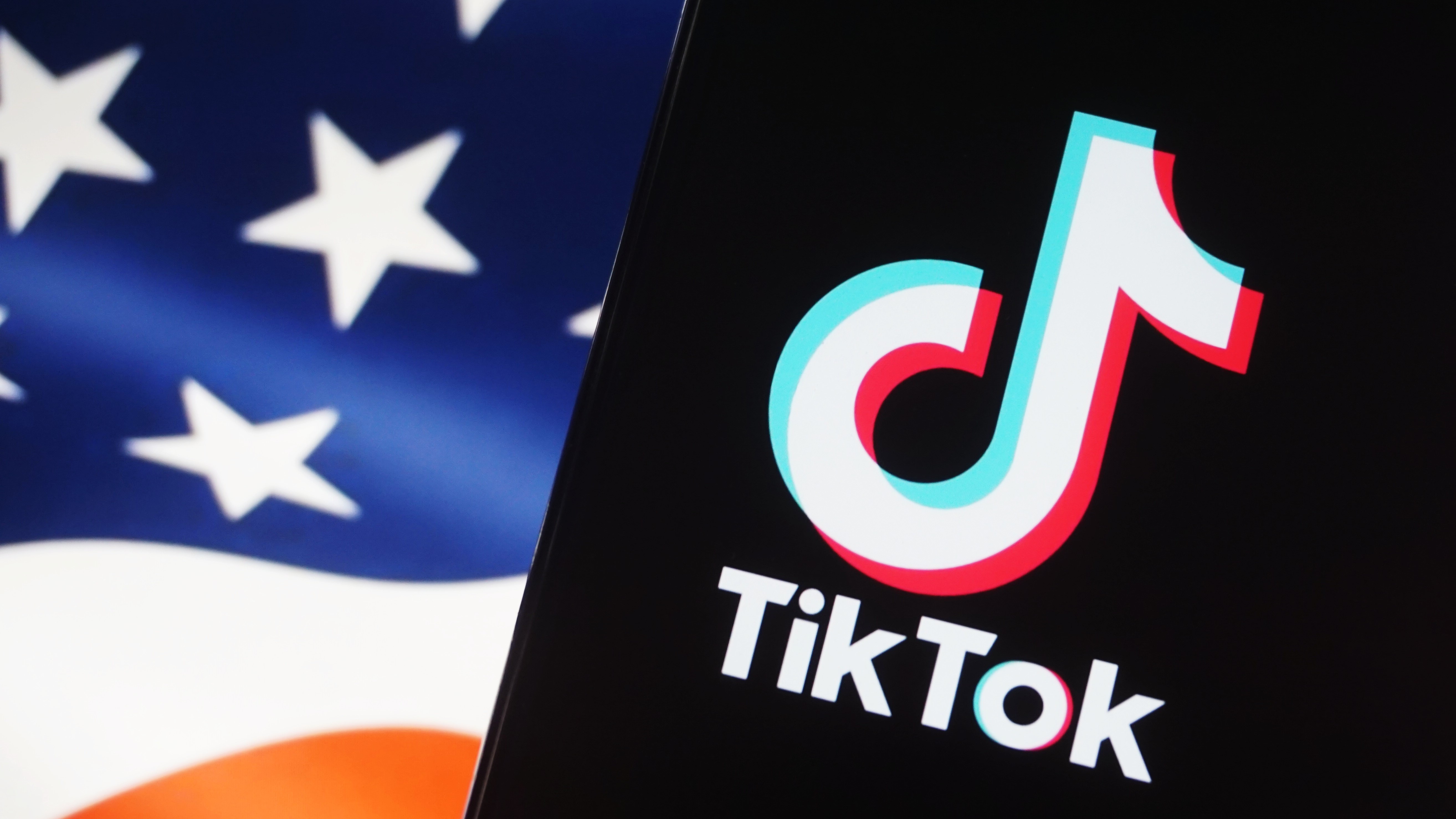
Ah, TikTok. The social media app so addictive it needs to forcibly insert videos onto your feed specifically designed to remind you to log off and touch grass every once in a while. However, TikTok's clutches on the attention spans of those across the US may be forcibly removed by the government on January 19, and users may have to start turning to the best VPNs in order to get their fix.
News of the TikTok ban came in March last year, when US President Joe Biden gave TikTok's parent company, ByteDance, nine months to sell TikTok to a US-approved buyer, or face a total ban across the whole of the United States. This ban is the result of concerns regarding the app's potential threat to national security, as well as questions surround the harvesting of user data.
Unfortunately – or fortunately, depending on who you ask – TikTok did not want to sell, and fought against the ban instead. The result? The Supreme Court upholding the January 19 ban on January 17, and TikTok shutting down operations in the US on January 19.
The app went dark in the US for around 12 hours, before reinstating operations via an agreement with its service providers. This agreement was reached after Donald Trump made a statement via Truth Social that said he planned to issue an executive order following his inauguration on January 20 that would extend the period of time before the prohibitions stated in the TikTok ban take effect. He also promised that, under the executive order, companies which helped prevent TikTok from going dark before the order takes place will not face any liability.
Trump kept his word and signed an executive order delaying the ban for 75 days on his first day in office and instructed the Attorney General not to take any action in enforcing the law.
He said it was "an opportunity to determine the appropriate course forward in an orderly way that protects national security while avoiding an abrupt shutdown of a communications platform used by millions of Americans."
The law hasn't gone away and as it stands, TikTok is still unavailable on the App and Play Stores. It certainly isn't "back to normal" for the app despite the shutdown only lasting a matter of hours and the order being signed.
It is likely that this is not the last we'll hear of the ban. This has led to speculation as to what will happen with TikTok even if the app is still functional.
To clear this up a bit, and give you a better idea of where exactly the foundation of this ban came from, I have put together a full timeline, from TikTok's inception to the court case spelled its end (however temporary this turns out to be), to help you make sense of it all.
The full TikTok timeline
You can find below a full timeline of TikTok's controversies, data privacy violations and bans within the US below.
The purpose of this timeline is to provide some context regarding the ban in the US, as well as highlighting the reasoning behind the ban.
- September 2017 – TikTok is launched to the international market.
- August 2018 – TikTok is merged with Musical.ly.
- February 2019 – ByteDance is fined $5.7 million by the Federal Trade Commission (FTC) for collecting data from minors under the age of 13, in accordance with the Children's Online Privacy Protection Act (COPPA). ByteDance and the FTC reach a consent decree. TikTok adds a "kids only" mode in response.
- May 2020 – An advocacy group claims that TikTok has violated the terms of its February 2019 consent decree with the FTC and files a complaint.
- August 2020 – US President Donald Trump signs an order stating that TikTok transactions will be banned in 45 days if ByteDance does not sell the app.
- August 2020 – US President Donald Trump issues an order demanding that ByteDance sell or spin off its US TikTok businesses within 90 days.
- August 2020 – The Wall Street Journal reports that TikTok tracks the data of Android users. This tracking allegedly includes IMEIs and MAC addresses, which is in direct violation of Google's policies.
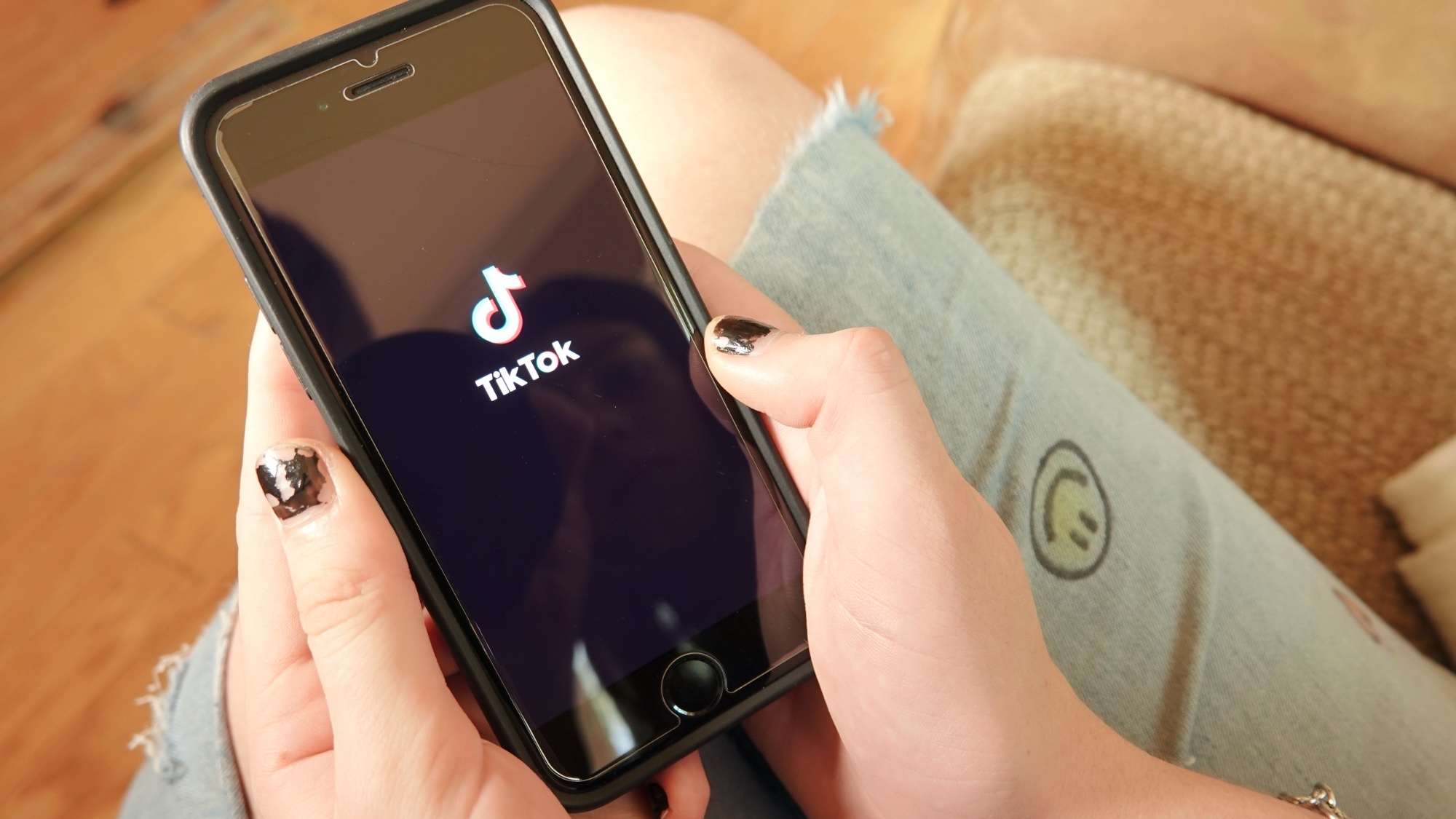
- June 2021 – TikTok updates its privacy policy to include potential collection of biometric data, including "faceprints and voiceprints," sparking privacy concerns.
- June 2021 – US President Joe Biden signs an executive order, revoking the ban issued by Donald Trump. President Biden orders the Secretary of Commerce to investigate TikTok and determine whether or not it is a threat to national security.
- October 2021 – TikTok, alongside other social media sites YouTube and Snapchat, are questioned by a group of US lawmakers regarding data privacy and content moderation for underage users. TikTok is questioned specifically about whether ByteDance, TikTok's parent company in China, could pass user data to the Chinese government. ByteDance denies these allegations, stating that US user data is stored within the US, with backups in Singapore.
- February 2022 – Texas Attorney General Ken Paxton launches an investigation into TikTok following alleged violations of children's privacy and the facilitation of human trafficking.
- May 2022 – TikTok settles for $1.1 million in a class action lawsuit regarding violations of COPPA.
- June 2022 – Buzzfeed News reports that audio of 80 internal TikTok meetings reveals that TikTok has a "master admin" that can see "everything", and that employees located in China have repeatedly accessed the data of overseas users.
- June 2022 – Brendan Carr, the Federal Communications Commission (FCC) commissioner, calls for Apple and Google to remove TikTok from their app stores, citing concerns that sensitive user data was being accessed by those in Beijing, and that ByteDance would be forced to hand over user data due to the surveillance demands of the Chinese government.
- August 2022 – Keylogging functionality is discovered in TikTok's in-app browser (along with the in-app browsers of other platforms) by security researcher Felix Krause. TikTok claims this code is disabled.
- October 2022 – Forbes reports that a team at ByteDance had plans to surveil US citizens. The reason for the surveillance was undisclosed.
- December 2022 – ByteDance reveals that, as part of an investigation into the source of the leaks to Forbes and The Financial Times, its employees from China and the United States had accessed the data of two journalists and their close contacts.
- December 2022 – The US government bans the use of TikTok on devices owned by the federal government.
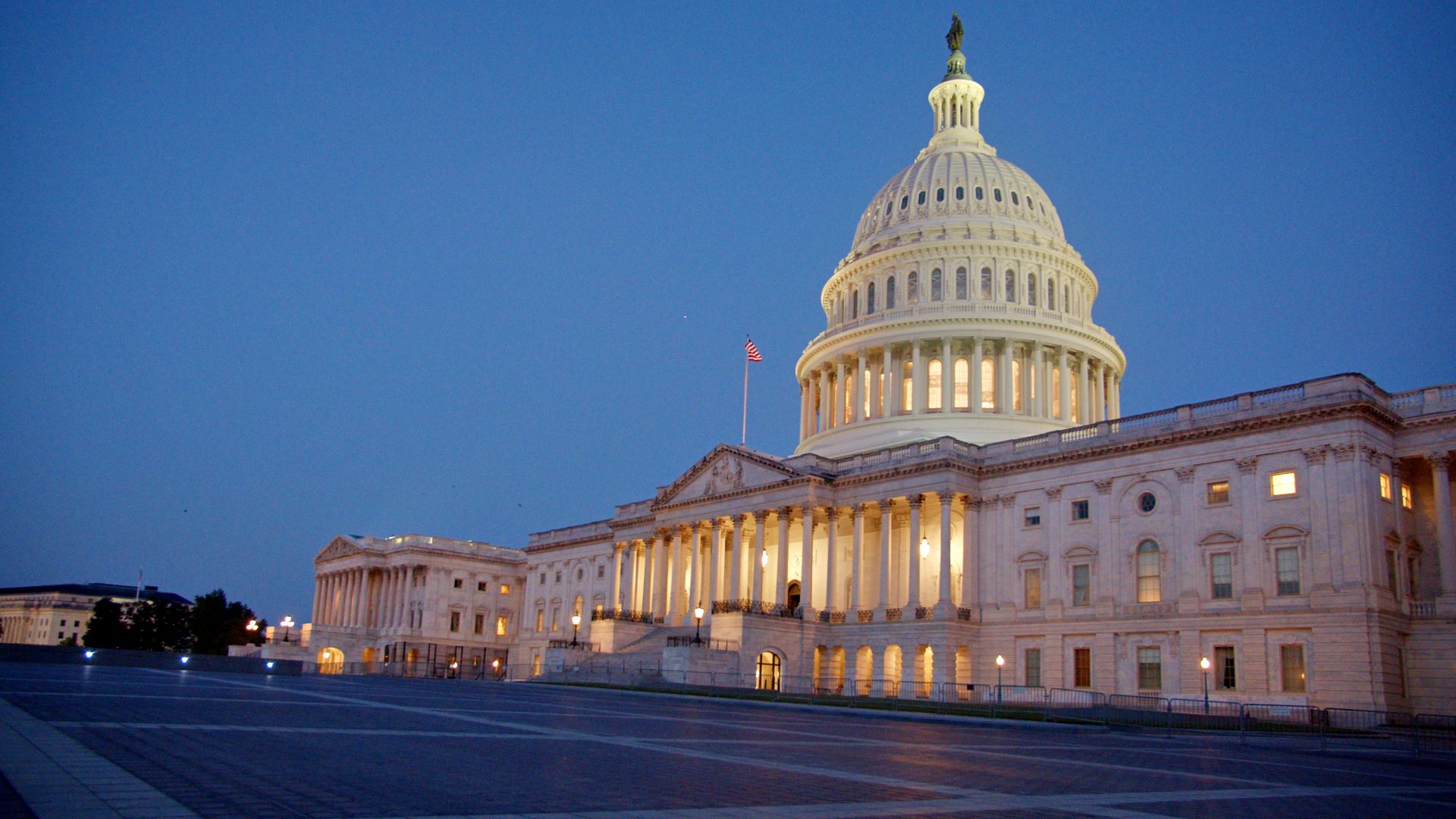
- May 2023 – The Wall Street Journal reports that former TikTok employees have complained about the company tracking users who view LGBTQ+ content on the app.
- June 2023 – ByteDance confirms that some of the financial information of American content creators, e.g. social security numbers and tax forms, are stored in China. This applies specifically to those who have signed contracts with and receive payments from ByteDance.
- March 2024 – US President Joe Biden signs a bill demanding that ByteDance sell TikTok to a US-approved buyer within nine months or face a total ban of the app within the US.
- April 2024 – The claims of a former TikTok employee allegedly responsible for leaking information to The Washington Post, Forbes and Buzzfeed News, are revealed to be improbable.
- August 2024 – The FTC and the US Department of Justice file a joint lawsuit against ByteDance regarding alleged violations of the February 2019 consent decree.
- December 2024 – A federal appeals court upholds the ban on TikTok in the United States. ByteDance requests that the ruling be paused while it attempts to get the Supreme Court to hear the case.
- December 2024 – It is announced that the Supreme Court will hear arguments from ByteDance as to why TikTok should not be sold or banned in the US.
- January 9, 2025 – Senator Edward Markey, Senator Rand Paul and Representative Ro Khanna submit a bipartisan, bicameral amicus brief to the Supreme Court. The brief urges them to overturn the DC Circuit Court's decision in TikTok Inc. v. Garland, which upheld the TikTok ban.
- January 10, 2025 – President-elect Donald Trump files a request to the Supreme Court to delay the implementation of a ban on TikTok until he takes office on 20 January. The court declines to immediately act on this.
- January 10, 2025 – The Supreme Court hears oral arguments regarding why TikTok should be banned or sold in the United States.
- January 10, 2025 – TikTok's lawyers argue to the Supreme Court that banning TikTok is a matter of free speech, while the Solicitor General argues it is a matter of national security. The Supreme Court Justices rule that the case is submitted and adjourn the court.
- January 13, 2025 – Senator Edward Markey introduces the Extend The TikTok Deadline Act, which aims to extend the deadline by which ByteDance must sell TikTok by 270 days.
- January 15, 2025 – The Washington Post reports that President-Elect Donald Trump is considering an executive order than would suspend the enforcement of the TikTok ban-or-sale ruling for 60 to 90 days.
- January 15, 2025 – Sources close to TikTok announce its plans to completely shut down US operations of the app on January 19 if the ban goes ahead.
- January 16, 2025 – The incoming national security advisory for Trump's presidency, Mike Waltz, tells Fox News that the Trump administration is "going to find a way to preserve [TikTok] but protect people's data".
- January 16, 2025 – An official from President Joe Biden's administration tells NBC that officials are "exploring options" to prevent TikTok from going dark in the US if the ban is implemented, saying users "shouldn’t expect to see TikTok suddenly banned on Sunday".
- January 17, 2025 – The US Supreme Court issues a ruling to uphold the nationwide TikTok ban. TikTok will no longer be available to download in app stores from January 19 unless President-Elect Donald Trump directs the justice department not to enforce the ban once he takes office on January 20.
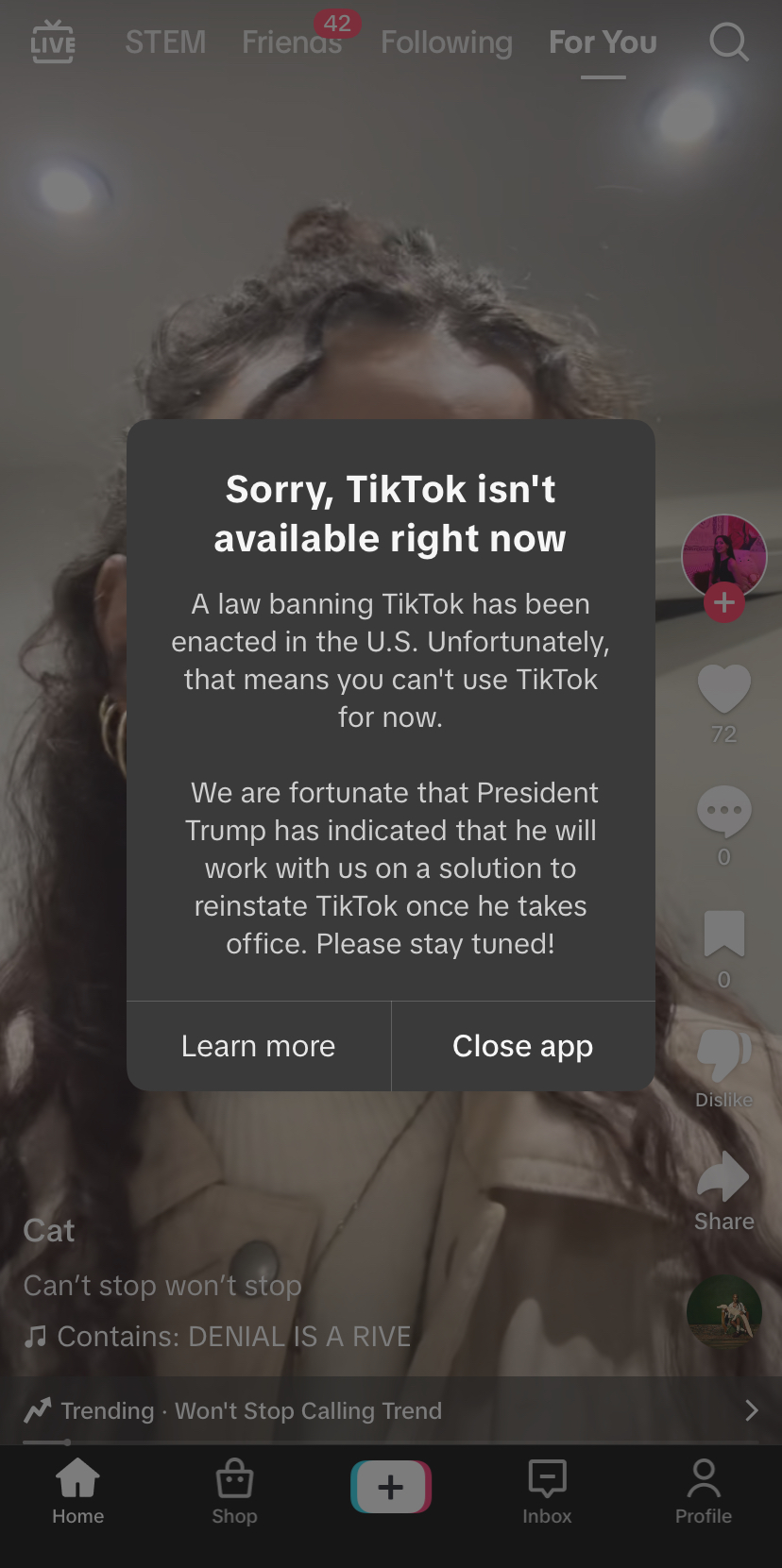
- January 19, 2025 – The final deadline for ByteDance to sell TikTok. If it does not sell, TikTok will be banned in the United States.
- January 19, 2025 – TikTok shuts down operations in the US. Users trying to access the app are met with the following message: "Sorry, TikTok isn't available right now. A law banning TikTok has been enacted in the US. Unfortunately, that means you can't use TikTok for now. We are fortunate that President Trump has indicated he will work with us on a solution to reinstate TikTok once he takes office. Please stay tuned!"
- January 19, 2025 – President-Elect Donald Trump makes a Truth Social which promises to “extend the period of time before the [TikTok ban's] prohibitions take effect, so that we can make a deal to protect our national security". He also states that "the order will also confirm that there will be no liability for any company that helped keep TikTok from going dark before my order". Trump also states that he would the US to have 50% ownership of TikTok in a "joint venture".
- January 19, 2025 – Roughly 12 hours after shutting down operations, TikTok makes a statement that in agreement with its service providers, it will be reinstating the use of the app in the US. The app makes a statement thanking President-Elect Donald Trump for “providing the necessary clarity and assurance to our service providers that they will face no penalties providing TikTok to over 170 million Americans and allowing over 7 million small businesses to thrive". TikTok also says that it will "work with President Trump on a long-term solution that keeps TikTok in the United States".
- January 20, 2025 – On his first day in office, President Trump signs executive order delaying the ban for 75 days and instructing the US Attorney General not to enforce the law. However the app remains unavailable on app stores.
- February 13, 2025 – TikTok returns to Apple and Google app stores in the US. President Trump says that the 75-day ban on TikTok could be extended.
- April 5, 2025 – The TikTok ban extension expires.
- April 5, 2025 – President Trump announces another 75 day extension to the ban, making the new deadline June 19. The extension is reportedly due to the Chinese government failing to agree to a deal that was in place.
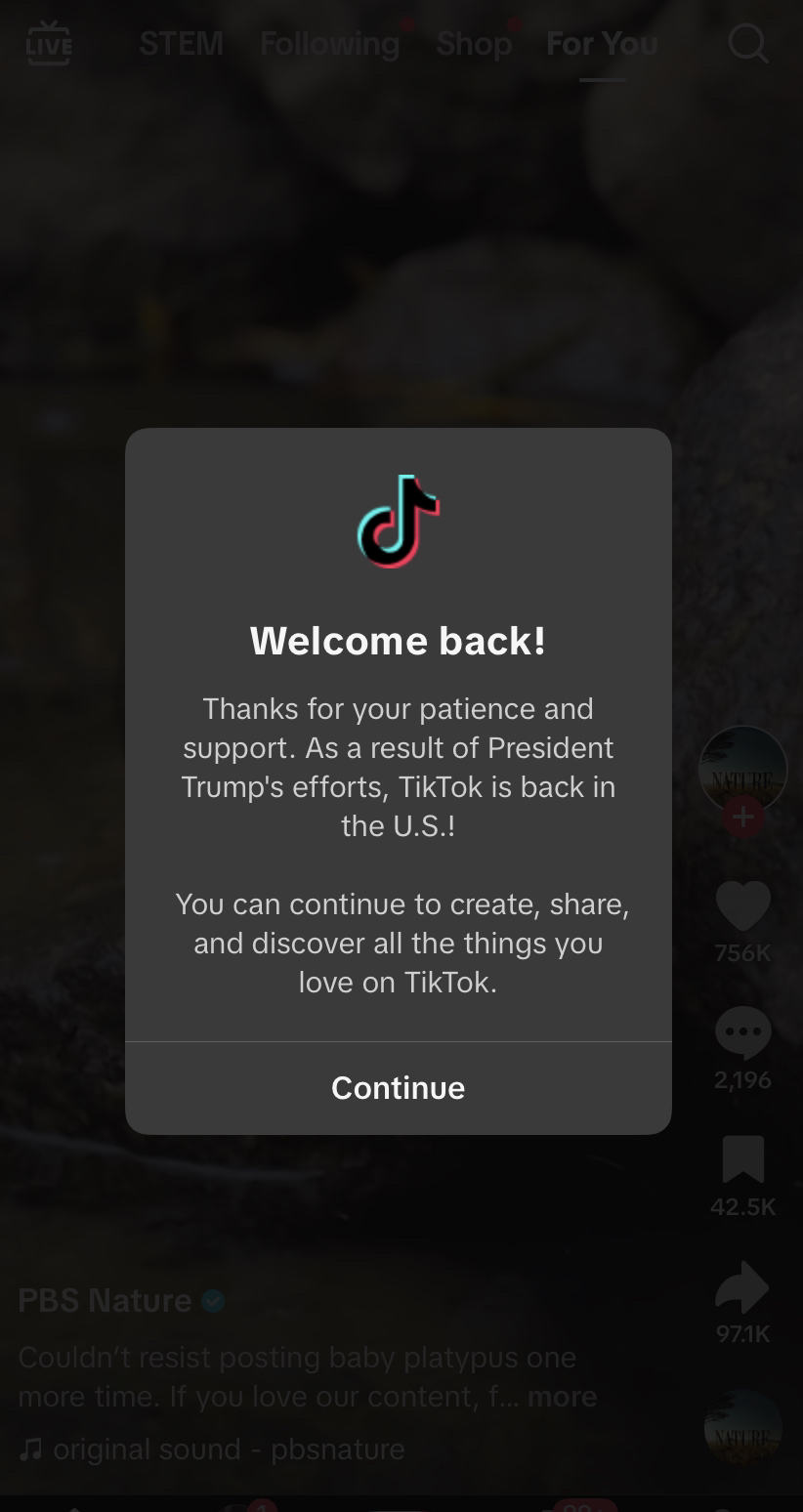
What will happen when TikTok is banned?
As of April 2025, the TikTok ban has been extended for another 75 days, meaning it will now go into place on June 19.
According to Reuters, there was a deal in place between the US government, US investors and ByteDance which would have seen a new company created in the US, with ByteDance retaining a minority position of less than 20%. This deal would have to be agreed to by the Chinese government, which sources told Rueters would not happen due to the tariffs imposed on China by President Trump.
President Trump made a statement via Truth Social that he would be signing an Executive Order to "keep TikTok up and running for an additional 75 days" and that he was "look[ing] forward to working with TikTok and China to close the deal."
Regarding the deal, ByteDance was reportedly in talks with the US government regarding a sale but an "agreement has not yet been executed" as there are "key matters to be resolved".
If TikTok is banned, users will have to use one of the best TikTok VPNs in order to access the app. This is because a VPN will give them the ability to spoof their location to a country where TikTok has not been banned, effectively circumventing it.

Olivia joined Tom's Guide in October 2023 as part of the core Tech Software team, and is currently VPN Commissioning Editor. She regularly uses VPNs to make sure they deliver what they promise, and specializes in testing VPNs with streaming sites.
You must confirm your public display name before commenting
Please logout and then login again, you will then be prompted to enter your display name.
